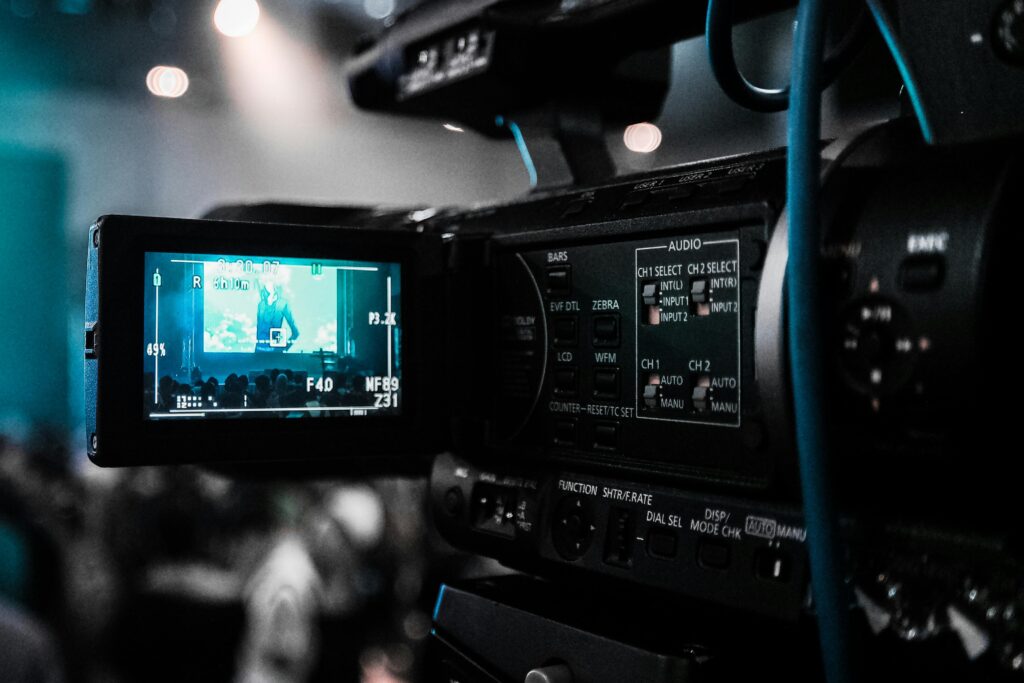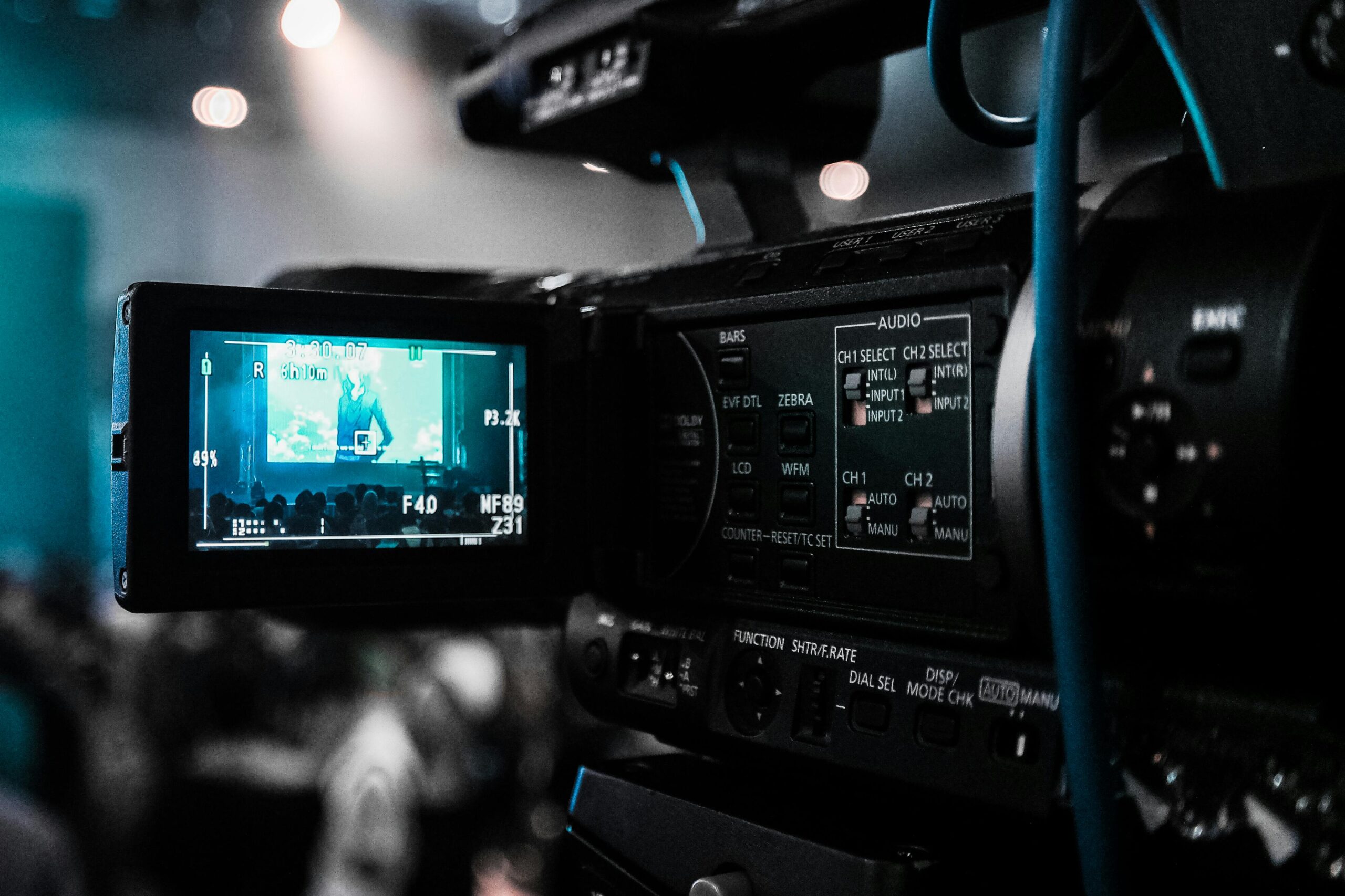Laser Video Display: Redefining Visual Technology
In the realm of visual technology, laser video display stands at the forefront of innovation, offering a transformative experience that blends cutting-edge precision with unparalleled visual fidelity. Unlike traditional display methods, laser video projection harnesses the power of coherent light to deliver vivid, lifelike images that captivate audiences in both commercial and residential settings. This article explores the mechanics, advantages, and future potential of laser video display technology.
The Mechanics Behind Laser Video Display
At its core, laser video display utilizes lasers as the light source for projection, leveraging their unique properties to produce images with exceptional clarity and brightness. Unlike conventional projectors that rely on lamps or LEDs, lasers emit focused beams of light that can be precisely controlled. This precision allows for sharper images, richer colors, and enhanced contrast ratios, thereby creating a more immersive viewing experience.
Laser video projectors typically employ three primary colors—red, green, and blue—which are generated using different laser diodes. These diodes emit light at specific wavelengths, ensuring accurate color reproduction across a wide spectrum. Advanced systems may also incorporate additional lasers or optical components to further refine image quality and brightness levels.
Advantages Over Traditional Displays

The benefits of laser video display are manifold, offering significant advantages over traditional display technologies:
- Brightness and Clarity: Laser projectors can achieve exceptionally high brightness levels, making them suitable for use in brightly lit environments such as conference rooms or outdoor venues. This brightness ensures that images remain clear and vibrant even under challenging lighting conditions.
- Color Accuracy: By emitting light at precise wavelengths, laser projectors deliver true-to-life colors with minimal color distortion. This accuracy is particularly beneficial for applications where color fidelity is paramount, such as in digital cinema or professional photography.
- Longevity and Reliability: Laser diodes have a longer operational life compared to traditional projector lamps, often exceeding 20,000 hours of use. This longevity not only reduces maintenance costs but also ensures consistent performance over extended periods.
- Energy Efficiency: Laser projectors are more energy-efficient than their lamp-based counterparts, consuming less power while delivering brighter images. This efficiency makes them a sustainable choice for environmentally conscious consumers and businesses.
- Flexibility in Installation: Due to their compact size and versatile mounting options, laser projectors can be installed in various configurations, including ceiling-mounted setups or portable units for on-the-go presentations. This flexibility enhances their usability across different settings and applications.
Applications and Market Trends
The adoption of laser video display technology spans a diverse range of industries and applications:
- Home Entertainment: Laser projectors are increasingly popular among home theater enthusiasts seeking cinema-quality visuals in the comfort of their homes. Their ability to project large, high-definition images transforms living spaces into immersive entertainment hubs.
- Corporate Environments: In business settings, laser projectors facilitate impactful presentations and video conferencing by ensuring clear, legible content even in well-lit boardrooms or conference halls. Their reliability and low maintenance requirements make them a preferred choice for corporate environments.
- Digital Signage: Retailers and advertisers leverage laser video displays to create eye-catching digital signage that attracts and engages customers. The vibrant colors and high brightness of laser projectors make them ideal for outdoor advertising and indoor displays alike.
- Education and Training: Educational institutions benefit from laser video technology for interactive learning environments and distance education initiatives. The clarity and brightness of laser projectors enhance content visibility, improving student engagement and comprehension.
Future Directions and Innovations

Looking ahead, ongoing advancements in laser video display technology promise even greater enhancements in performance and functionality. Key areas of innovation include:
- Higher Resolution: Continued development of laser diode arrays and optical systems aims to achieve higher resolution projections, surpassing current industry standards and enhancing visual detail.
- Enhanced Color Gamut: Research into new laser technologies seeks to expand the color gamut capabilities of projectors, enabling more accurate color representation across a broader spectrum.
- Integrated Smart Features: Integration with smart devices and IoT platforms is poised to transform laser projectors into interconnected hubs for multimedia content, offering seamless connectivity and enhanced user interaction.
- Augmented Reality (AR) Integration: Combining laser projection with AR technologies opens up new possibilities for interactive displays and immersive user experiences in gaming, retail, and industrial applications.
In conclusion, laser video display represents a paradigm shift in visual technology, redefining how we perceive and interact with digital content. From enhanced brightness and color accuracy to versatile applications across diverse industries, laser projectors continue to push the boundaries of what is possible in visual display technology. As innovations continue to unfold, the future of laser video display holds promise for even more immersive, vibrant, and sustainable visual experiences.
